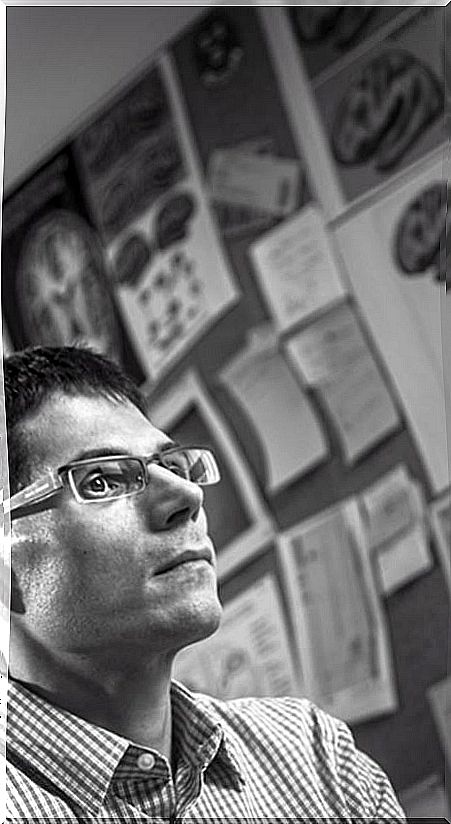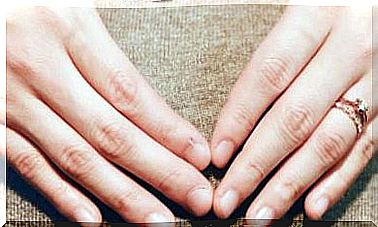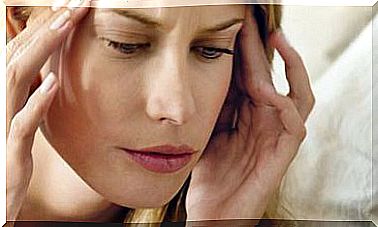“We Decide By Balancing Reasoning And Emotion”
How does the brain make decisions? In this interview, the psychologist and doctor in Neuroscience Diego Redolar explains that the most primary brain, the amygdala, has a lot to do with it.

Our mind begins to make decisions from the moment we wake up. However, these decisions often seem inconsistent and even irrational.
We are often unaware that some of our decisions are influenced by emotion and instinct. The most primary brain, the amygdala, has a lot to do with it.
The brain has developed throughout evolution.
Diego Redolar, Psychologist and doctor in Neuroscience, co-director of the Cognitive Neurolab and professor at the Open University of Catalonia, is one of the great researchers of human behavior and its correlation with the different parts of the brain that are activated. We asked him what that mechanism looks like.
Does our way of deciding change over the years?
In decision making we constantly seek a balance between elaborate, conscious processing, and a more automatic, unconscious and intuitive one; between reasoning and emotion.
The reasoning would depend largely on the functioning of the prefrontal cortex, which does not fully mature until adulthood.
One of the main responsible for emotional processing is the amygdala, sculpted throughout evolution that is already undergoing remarkable development at birth.
We do not always have all the data to make a thoughtful decision.
No, and despite everything we have to decide. That is why our brain always looks for things to choose one option or another, even if we do not know anything.
When we lack information, we can rely on aspects that in principle have little to do with a rational decision. For example, when choosing between two people we do not know at all, the shape of the face will become important.
Surely you have ever made or heard a comment like: “I don’t know this person at all, but his face does not give me good vibes.” As a general rule, faces that show a happy facial expression with mouths in the shape of a “U” and eyebrows in the shape of “Ʌ” are classified as faces that denote confidence.
Why do we prejudge in this way?
It is spontaneous and automatic. In this sense, it has been possible to verify in experimental contexts that if you show two images, one of a face with features that denote distrust and then a neutral face, the participants tend to attribute distrust to the neutral face as well.
Along these lines, it has been found that the activity of the amygdala increases when trust or mistrust is evaluated.
It won’t be that mechanical.
Unclear. Our personality also influences us to make one decision or another. In the same way, other social aspects influence beyond the confidence that a candidate arouses in us.
Could this vary with age?
Effectively. Older people are more susceptible to fraud, especially financial fraud, and their ability to make decisions is compromised.
For example, it occurs with regard to the intention to vote, as they present more problems than younger people when it comes to processing the keys related to mistrust when they perceive other people.
How does the amygdala work?
The amygdala is always vigilant and reacts to any sign of danger, for example by seeing a snake or a spider. Horror movie directors know that well. They use these mechanisms to make us jump out of the chair.
But the amygdala also detects us positive stimuli: how many times have we passed through a restaurant without noticing and discover it when we are hungry? There the amygdala has intervened.
And when I don’t get carried away by instinct?
It is obvious that we can curb our primal instincts. We have even been able to locate an area that does. At breakfast, faced with the dilemma between a cake and a piece of fruit, choosing the healthiest one even though we like the cake the most, a lateral region of the cerebral cortex is activated.
It is an area that we have identified as one of self-control. We understand that it is a basic area to reason with important decisions, those in which the long-term benefit is valued and not just the immediate desire.
What other factors are involved in decision making?
The influence of others is important. To such an extent that it can make us doubt our own certainties, a phenomenon we call the expert’s fallacy.
Experiments have been done, where a prestigious journalist asked absurd questions, such as the arrival of aliens that same day, and people answered the question without question.
Another element to take into account is the valuation of the options that are presented to us. Note that, if we have to choose between one thing for one euro and another for one thousand, we notice a big difference. However, between one hundred thousand euros and one hundred and one thousand we do not see that much.
The reward also plays a role.
Of course. We have been able to locate areas of the brain that are activated to reinforce the decision we make. We have seen that, if a reward is given after an action, a very important brain area for processing reinforcing information is activated, the nucleus accumbens.
If the next time that action is requested, it is not rewarded, the zone that had been activated stops doing it. The brain interprets that there is no longer any motivation to make that decision. It is something that parents should take into account when rewarding children.
Is decision making highly studied?
The one who has been most concerned with analyzing them is neuromarketing, looking for a way to sell better. They have done many experiments in this regard.
They found that if you offer a package of popcorn for 3 euros and another for 7, people opted for the small one. However, if you put another intermediate option at 6.5 euros, it will buy the 7 because it identifies it as a great improvement for only 50 cents more.
Few stop to think that with the 3 they already had enough popcorn. The offer idea is very powerful.









